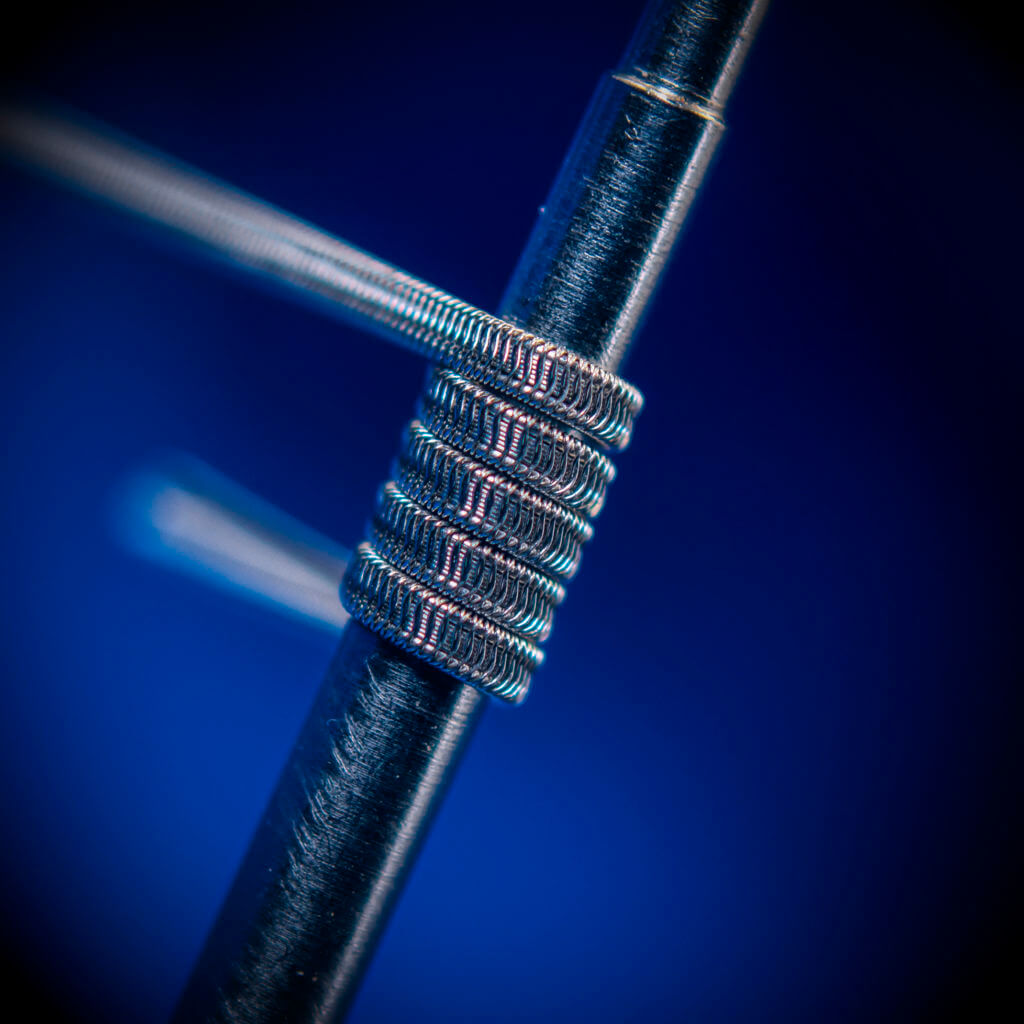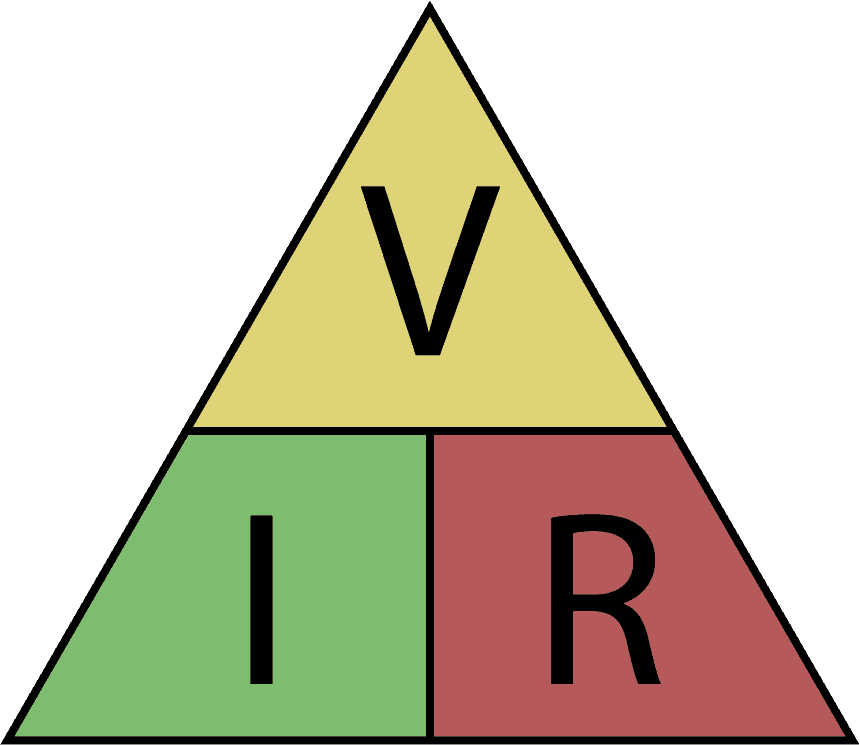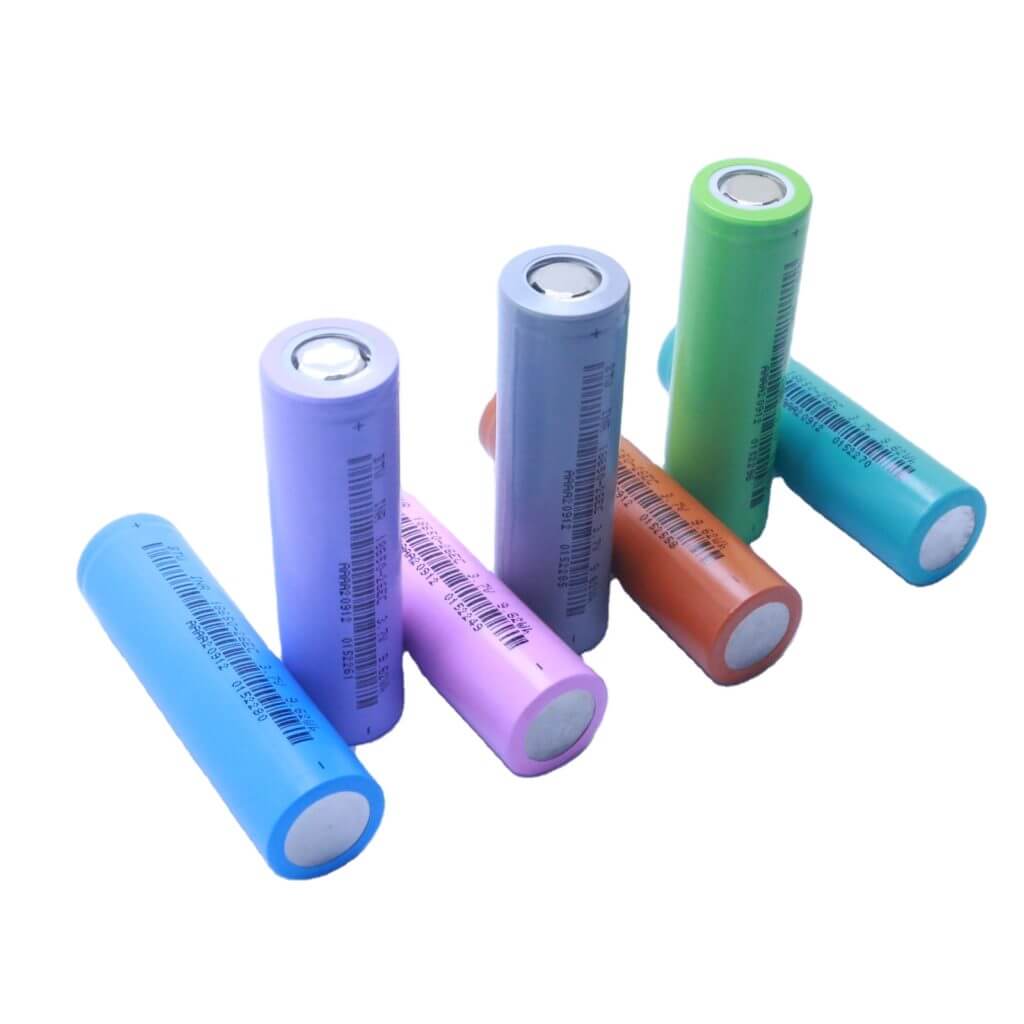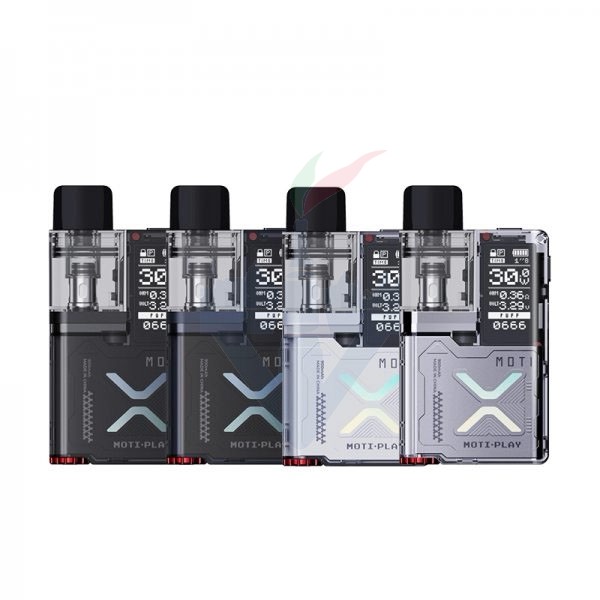Coil Wire Basics

Do you know what are the most common types of vaping wire? What about their main uses and characteristics?
A vape coil wire plays a very important role in your overall experience. It will form the coil, which works to build up the heat with the help of your battery and transmit them to your wick so it can be heated. Once your wick soaked with e-liquid is heated, then that lovely vapour will be produced. It’s not just central to your atomiser but how your vape will operate too.
Gauge and Resistance
Before we go on to discussing the different types of coil wire, there are some terms you should understand. The first is the gauge, which is simply the diameter and thickness of the wire. A higher gauge number will mean a thinner wire and smaller diameter. Typically coil wire is somewhere between 22 and 32 gauge.
Resistance, measured in Ohms is equally important. As the size of your wire goes up, the wire’s resistance decreases. Therefore, a thinner wire with a 30 gauge will have more resistance but will also heat up quicker than a 22 gauge wire. A thicker wire creates less electrical resistance because more current will pass through.
Lastly, you should know what ramp time is. This is the time it takes for your coil to reach the minimum temperature needed for vaporizing your e-liquid. With a bigger mass, you’ll see a lower gauge number which takes longer to heat up. For a quicker ramp-up time, thinner wire is the best choice.
Best Wire Type for Vaping
Different types of coil wire will behave differently to electricity and heat, and thus will have their own sets of pros and cons. Let’s take a look at the four most popular types and what each can offer you.
Kanthal – As one of the most widely available types of coil wire, Kanthal is extremely popular. Easy to acquire, it’s also cheap and often the starting point for anyone trying to build their coil. It’s a little slow in ramp-up time but still very popular with vapers.
Stainless Steel – In contrast to Kanthal, using stainless steel provides a very quick ramp time. It’s also one of the easiest wire types to manipulate and create shapes, with a stronger hold. The potential nickel content (which is very low) creates a dilemma for a small group of vapers, due to potential allergie.
Titanium – This is one of the least used of the four that we have covered. Titanium does have some strong points. It is really simple to work with and it does a great job in combination with most wicking material. Yet, there are concerns. Titanium is known to release a toxic compound at extremely high temperature and it is hard to put out if for some reason it did catch fire. This isn’t a concern for the people that use it and swear by it, but it’s enough to make most people opt for Kanthal or stainless steel instead.
Nichrome – This type of wire is an alloy made of nickel and chromium. The points in favor of using nichrome (NiCh) are that it holds its shape well, and it can ramp up quickly. On the downside, it’s that it isn’t so easy to find, so you’ll probably have to search online to get it.
Is Mesh Coil Better Than Standard Wiring?
In the past, every coil was shaped the traditional way, wrapped around the wick. However, in more recent times we have seen the emergence of the mesh coil, which enhances the flavor and boosts the temperature at a quicker rate due to a larger surface area. This coupled with the perforated holes and unique style started by Freemax is now a popular trend with Sub-Ohm vapers using high VG e-liquid.
Important Consideration – Temperature Control
Vaping is about fine-tuning your experience to get the right hit from your device. With so many finer points to iron out, coils are only one part of the equation. You have to consider how many watts you want to vape at, the flavor consistency expected from your coils – even the sort of cloud production you want. The mode or settings you adjust will also play a part. For instance, many beginner and advanced vapers alike question whether temperature control (TC) is the way to go, or your vape should be tailored towards adjustable wattage.
Before choosing which route to go down, it’s important to understand that not all coil wire types are compatible with the various modes vape mods offer. To break it down:
Coil wires such as nickel and titanium do not work in wattage mode but are compatible with temperature control mods. This is because they offer a vape wire that increases in resistance. The advantage of NiCh and stainless steel, which is explained in more depth below, is the greater protection of your cotton. It will not burn if you are low on e-liquid in TC mode with these two coil wire types.
In contrast, Kanthal and nichrome do not work in TC mode. Because they operate on a static current, this makes increasing the heat a real challenge, increasing the chances of your coils burning out or even overloading. However, they work perfectly fine in adjustable wattage mode.
For those vapers still tossing and turning at night, unsure which option to go for, stainless steel is the safe choice. With stainless steel, you’ve got a jack of all trades that ticks both boxes, working for not just adjustable wattage mods but temperature control too.
Which Vape Coil Wire is Best for Flavor?
Although nichrome should be avoided if you have a nickel allergy and to an extent stainless steel vape wires, for flavor alone lots of vapers believe these two types offer the best flavor for vaping. Even more so than Kanthal, which tends to be the popular choice for price and durability. Overall, it depends on whether you want quantity or quality. A lot of vaping is trial and error – adjusting your device, e-liquids and set up to find the perfect match.
Wire gauge, resistance, ramp time and TCR
There are some basic characteristics that apply to all wire, regardless of the composition of it. These are the diameter (or gauge) of the wire, its resistance, and the ramp time of different materials.

The first basic characteristic of any wire is the actual diameter of the wire. It is commonly called the wire “gauge” and expressed as a numerical value. The actual diameter for each wire isn’t really important. What matters is that as the wire gauge number increases, the wire diameter gets smaller. For example, 26 gauge (or 26g) is thinner than 24 gauge but thicker than 28 gauge. Some of the most common gauges used for single-strand coil builds are 28, 26, and 24, and thinner wire used in the exterior of Clapton coils is usually between 40 and 32 gauge. There are others of course, and even odd number gauges.
Resistance
As the wire diameter increases, the wire resistance decreases. When comparing coils with the same ID, number of wraps, and material used, a coil made with 32 gauge wire will be of much higher resistance than a 24 gauge coil.
Another factor to take into account when it comes to wire resistance is the internal resistance of the coil material. For example, a five-wrap 2.5 mm ID coil made out of 28 gauge Kanthal will have a higher resistance than a stainless steel coil with the exact same specs. This is due to the higher resistance of Kanthal compared to stainless steel.
Take note that for every given wire, the more length you use, the higher the resistance of your coil will be. This is important when wrapping coils, as more wraps will raise the resistance of your build.
Ramp-up time
You may have heard the term “ramp-up time”. Ramp-up time is the time your coil takes to reach the temp needed for vaporizing e-juice. Ramp time is generally more noticeable with exotic multi-strand wire coils like Claptons, but, as wire size increases, ramp time can also become more apparent with simple single wire coils. Generally, lower gauge wire will take longer to heat due to the larger mass. Thin gauge wires like 32 and 30 will be higher in resistance but will heat faster than 26 or 24 gauge.
Different coil materials that come with different internal resistances will also have very different ramp-up times. For power mode wires, stainless steel is the faster to ramp, closely followed by nichrome, with Kanthal being significantly slower.
TCR
In basic terms, temperature control mods rely on a characteristic of your vaping wire to detect when to regulate the current and wattage delivered to the coil. Wires suitable for TC are chosen because of their Temperature Coefficient of Resistance (TCR).
The TCR of the vaping wire is the increase in resistance of the wire as temperature increases. The mod knows the cold resistance of your coil, and the material you are using. The mod is also smart enough to know that when your coil rises to a certain resistance (as temperature rises) that the coil is too hot, and it reduces the current to your coil as required to prevent burning.
All wire types have a TCR, but the increase can only be measured reliably in TC-compatible wires (check the chart above for more information).
Sources:
- VS
- Vaping360







Responses